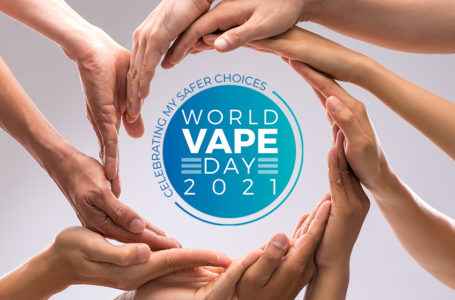Nicotine pouch (NP), a technology-driven product, emerges as a promising solution for smokers in low- and middle-income countries (LMICs) seeking affordable and less harmful alternatives to combustible cigarettes, according to tobacco harm reduction (THR) advocates.
Tomas Hammargren, managing director of Posimistic AB, an international strategy and policy advisor in life science, said LMICs which include poor and developing countries should offer a variety of harm-reduced products for smokers to choose from.
Nicotine pouches are expected to supplant combustible cigarettes in LMICs, said Hammargren, a pharmaceutical industry veteran.
“Initially, they may be more expensive due to import duties and taxes. However, as volumes increase, local manufacturing could become feasible,” he said.
Hammargren said there are already signs of popularity in LMICs like Kenya and Pakistan, regulations and taxation, however, can be inconsistent in many countries, he said.
“It will be interesting to see how nicotine pouches develop in the Philippines,” said Hammargren.

The Philippines enacted the Vape Law in 2022 to regulate vapes and other novel tobacco products, including heated tobacco and nicotine pouch. The Philippines still has 16 million smokers.
David Sweanor, a public health policy expert and adjunct professor of law, said nicotine pouches present a great opportunity for LMICs such as the Philippines to effectively replace cigarettes and reduce harm.
The technology and manufacturing of nicotine pouches are simple and can be done by small local companies, Sweanor said. “Non-tobacco companies are already making a huge impact in some markets, and new companies are being formed regularly,” he said.
Nicotine pouches can be sold for lower prices than the major brands of cigarettes in LMICs, saving consumers money and improving their health, while also avoiding secondhand smoke concerns, he said.
“These pouch products have already proven very popular in LMICs such as Pakistan,” Sweanor said.

Hammargren said more LMICs are expected to regulate NPs. “I certainly believe that NPs will gain a following in LMIC’s. Initially with smaller volumes, they need to be imported so pricing will depend on import duties, taxation etc.,” he said.
“With growing volumes, I believe local manufacturing should be considered. Cigarette prices are many times very low, especially on illicit products, but NP’s will be competitive compared to vapes and heated products,” he said.
Hammargren admits that pricing will also influence the market acceptance of NPs in LMICs. “It’s probably the case that in many LMICs where there is a quickly growing modern middle class with a significant disposable income and a more urban lifestyle. They are still picking up the habit of smoking but are health-conscious and socially conscious of the impact of cigarette smoke. NP is a type of product that can fit their lifestyle and help them to stay away from smoking,” he said.
He said if LMICs transition to smoke-free products such as NPs, “the impact on public health would be significant. With the oral products, you will eliminate inhaling, and the new products do deliver nicotine in a very effective way to satisfy smokers,” he said.
Hammargren said that to measure public health effects, “you will need to have some three to four years of data for cardiovascular effects. “For cancer data, you will need some 15 to 20 years, but decades of data on snus use in Sweden gives confidence that cigarette smoking is massively more harmful” he said.
“With NPs’ modern delivery format, they will be a very attractive alternative for smokers. NP use will not bother or irritate any other persons around. Today’s quality NPs use pharma-grade ingredients and are sold as consumer products. This is important because most smokers do not want to go to pharmacies to find a harm-reduced alternative to cigarettes,” he said.
Hammargren said NPs would also have better acceptance among public health experts, compared to vapes or heated tobacco.
“I believe it’s likely that we can see a better acceptance. There is no heating or inhalation. Dosing/nicotine content should be very clear, and nicotine cap is important. Actual constituents are well-known and documented,” he said.



















